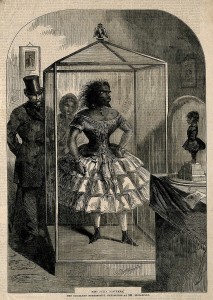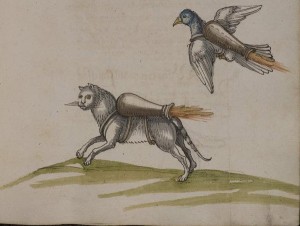New Evidence: Neanderthals were a distinct species from modern humans
It’s so fascinating to imagine the lost world of our ancestors. A world where human beings were not the only intelligent hominid species roaming the earth. A world where we had contemporaries such as the Neanderthals…
These days, it’s a little lonely to be us. Perhaps that’s why we’ve conjured up so many myths of other “people” to share our world — fairies, elves, Bigfoot…the list goes on. We have even spent billions of science dollars seeking life on other planets to keep us company.
So, it’s no surprise that the mystery of what became of our most recent lost contemporary, the Neanderthal, continues to burn. Did we cause our own vast loneliness by driving our brothers into extinction? Did we breed them out? In the meantime, new science has concluded that the neanderthals were a distinct species and not simply a subspecies of modern humans. No doubt, there is much much more to learn about our old departed friends…

Were Neanderthals a sub-species of modern humans? New research says no
(Science Daily)
“Researchers have identified new evidence supporting the growing belief that Neanderthals were a distinct species separate from modern humans (Homo sapiens), and not a subspecies of modern humans.
In an extensive, multi-institution study led by SUNY Downstate Medical Center, researchers have identified new evidence supporting the growing belief that Neanderthals were a distinct species separate from modern humans (Homo sapiens), and not a subspecies of modern humans…”
For the rest, click here.
In other news, the science world is actually wondering, should we clone a Neanderthal? Here.
Share

